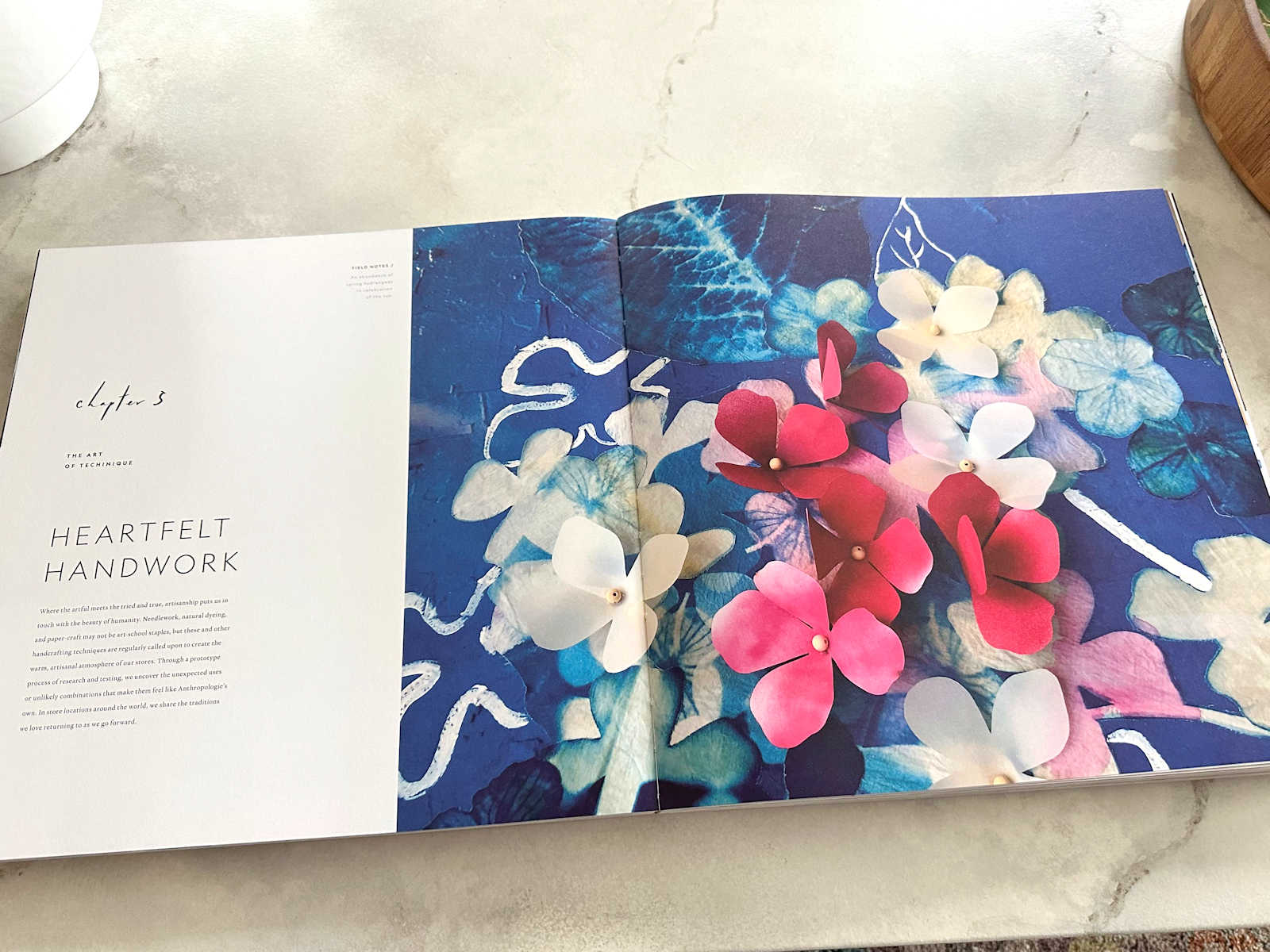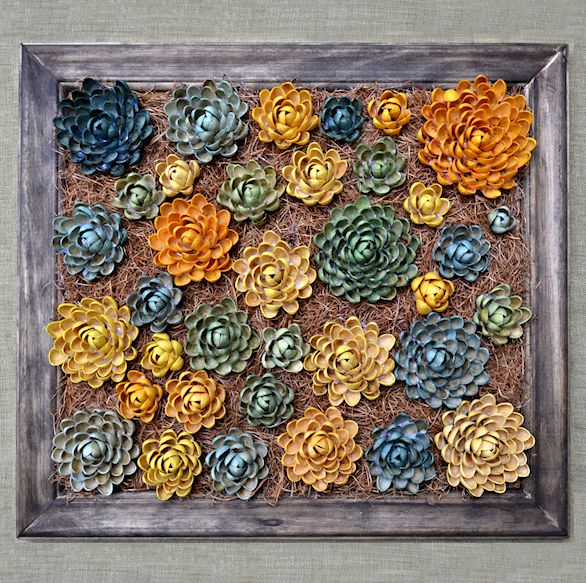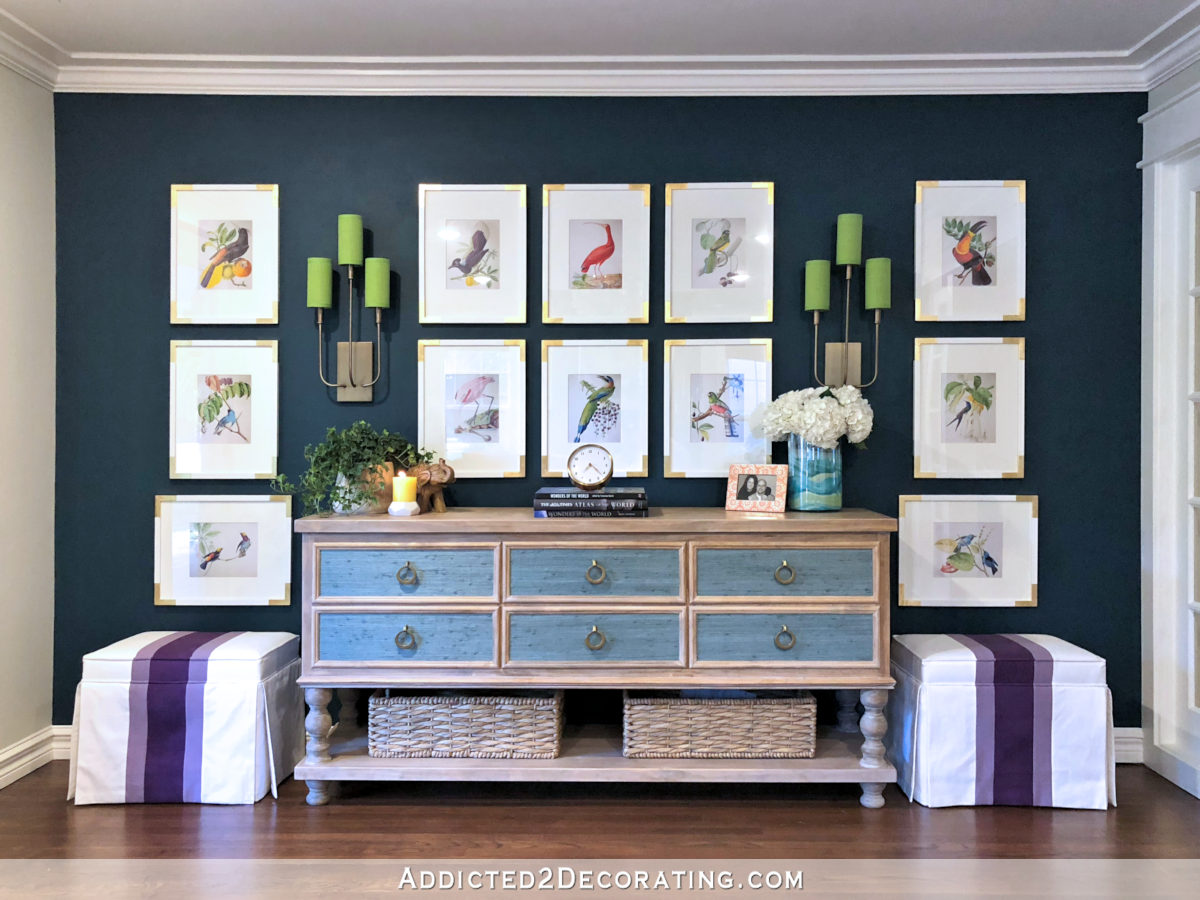Are Your Light Bulbs Making You Sick?
Today, I don’t have pretty decorating or a fun d.i.y. project to share with you, but I have some very important information that I wanted to pass along.
Do you have those little curly-q light bulbs in your home?
I’m sure most of us have at least one. After all, we’re told that it’s the responsible thing to do. If you want to be a responsible homeowner (or a responsible citizen of this planet), you need to remove the energy-sucking incandescent bulbs and replace them with energy-efficient CFLs, right? In fact, our government (in the U.S.) has gone so far as to initiate a “phase out” plan for incandescent bulbs, beginning with 100-watt bulbs in 2012, and ending with 40-watt bulbs in 2014.
But are these CFL bulbs such a great idea? The evidence would show that they aren’t. First of all, they are filled with mercury. If you accidentally break one in your home, you’re supposed to call poison control. Can you even imagine? You break a light bulb, and rather than just getting a broom and dust pan, you have to evacuate the area to be sure your family members and pets stay out of harm’s way, and call poison control! Does that sound even remotely reasonable?
And you should never, ever throw one in the garbage. Nope, you’re supposed to take them to a special recycle center. Throwing them in the garbage means that they’ll end up in our land fills and eventually poison our drinking water.
Umm…shouldn’t that be our first clue that these things probably shouldn’t be brought into our homes?
But there’s more. Much more. I found this info-packed video that explains it.
So, if you’ve been feeling tired, sluggish, or depressed, it could very well be your lighting. If you’re having trouble regulating your blood sugar levels, or if your MS symptoms are mysteriously spiraling out of control, you might want to take a peek at what type of light bulbs your using.
I will be ridding my house of these things…today.
Addicted 2 Decorating is where I share my DIY and decorating journey as I remodel and decorate the 1948 fixer upper that my husband, Matt, and I bought in 2013. Matt has M.S. and is unable to do physical work, so I do the majority of the work on the house by myself. You can learn more about me here.







I have always gotten really bad headaches and sore throats when around this type of lighting, especially in places like Target, Walmart, etc… So glad you posted this; I thought it was just me!
I didn't find the video!
Do you not see the video embedded on this post? Hmmm…if not, it might be the settings on your computer. Or wait, I'll post the link here:
See if that works.
Well, what about the almost 3 times more mercury that is emitted from an incandescent light bulb due to the energy required from coal burning power plants (as well as sulfur and carbon dioxide)?
Incandescent and CFLs aren't the only options. There are clean energy options out there. But these CFL's are neither environmentally-friendly nor a healthy alternative.
What are we supposed to do after the others get phased out?
Wow, I did not know that. I do find it wasteful to replace incandescent light bulbs that are still working with alternatives – shouldn't we wait until the current bulbs die?
Thanks for posting this.
The amount of mercury in a CFL is the equivalent to the period at the end of this sentence. 4-5 milligrams is not enough to warrant a HazMat team to clean up a break.
As for disposal, you need to dispose of them the same way you need to dispose of batteries, old cell phones and many other household items.
CFLs also don't make people sick. Certain people are more sensitive to the blue light that comes from CFL lights and any florescent lights.
I like you a lot Kristi, but this is not a responsible post and many people will read this and toss common sense out the door and do foolish things.
I disagree. I think if it's something that affects you than it is a responsible post. I don't have a lot of CFLs in my home because I think the light is ugly, but I will definitely be doing more research on them. Thanks Kristi, for making us more aware.
From the little bit time I spent looking into this, I've decided that this is completely a scam. Dirty electricity is an issue, but the studies cited in the video seem to be of poor quality and have questionable results. And, if you look at the website of Dr. Magda Havas, you'll be throwing away a lot more than your light bulbs. http://www.magdahavas.com/
And, as for the Graham Stetzer filters – it is recommended that you put 20 of them in a home 1,000 to 1,800 square feet (do I even have that many outlets in my house?) for a price tag of $700 – hmmm, I wonder what the motive is there…
Corie, I have read a few other articles that stated that we should not be disposing of these lights in our garbage and that they really should not be sold until we have a proper way to dispose of them.
Did you see the readings in the video post??
I think maybe I did a foolish thing by purchasing them. It would not be the first time that ADVERTISING has led us astray.
WOW, I thought I was doing a good thing and replaced most of the bulbs in my home. I've been using them for a couple of years now. I am going home and taking them all out tonight!!
Here are the directions for cleaning up broken CFL bulbs: http://www.epa.gov/cfl/cflcleanup.html
Nothing about calling poison control…
Anonymous–Like I said, CFLs should be disposed of the same way we dispose of batteries and old cell phones.
…unless you're just tossing those in the trash too??
In Australia we are no longer able to buy incandescent bulbs, they were phased out in November last year. A lot of people stocked up on them prior to the phase out due to concerns regarding the on-going effect of the UV Rays emitted by these types of light sources.
Australia has one of the highest rates of skin cancer in the world, due mainly to our climate and lifestyle, people here are concerned that artificial UV Light sources could be a contributing factor. As a result there are a number of on-going research projects into the long term effects of CFL Bulbs.
While I agree that the energy used in incandescent light bulbs is greater than that of CFL's – as with most of these great discoveries, not a lot of research has gone into the ongoing effects on not just the planet, but the people who use these products.
I note that there is no mention here of the increased energy requirements in the manufacture of these types of bulbs?
How about we just try not to use so many lights in our homes each night? Besides, candlelight is so much more flattering!
Nikki – Adelaide, Australia
For the record, Dr. Magda Havas is one of the leading researchers in this field of study. She holds a PhD, has been a researcher for many, many years, and is professor of Environmental & Resource Studies. Her research background is quite extensive and very impressive. I would think twice before shrugging off her information.
I just bought some of those CFL light bulbs and they work great. They are really saving me a lot of money and they last so long. I like how small they are too.
I'm more shrugging off the baseless concern over so called "dirty electricity."
Most of the "dirty electricity" is created by electrical devices in our homes. Computers, TVs, florescent tube, CFL and low-voltage halogen lighting and virtually all of today's energy-efficient electronic devices induce high levels of high frequency harmonics and electrical "noise" back onto circuits and then into a building's electrical system creating an invisible, powerful, high frequency EMF called "dirty electricity"
The video link that you posted doesn't put the numbers in any form of perspective, it's of course startling to see the EMI jump from the 30's to over a thousand, until you realize that upwards of 2000 is completely normal. The study itself is an example of correlation without causation.
My youngest daughter has Lupus and her rheumatologist told her to avoid the direct light from these light bulbs.
Wow, I did not know that. I do find it wasteful to replace incandescent light bulbs that are still working with alternatives – shouldn't we wait until the current bulbs die?
Thanks for posting this.
Incandescent and CFLs aren't the only options. There are clean energy options out there. But these CFL's are neither environmentally-friendly nor a healthy alternative.